How a luck penny can help seal the deal for farmers
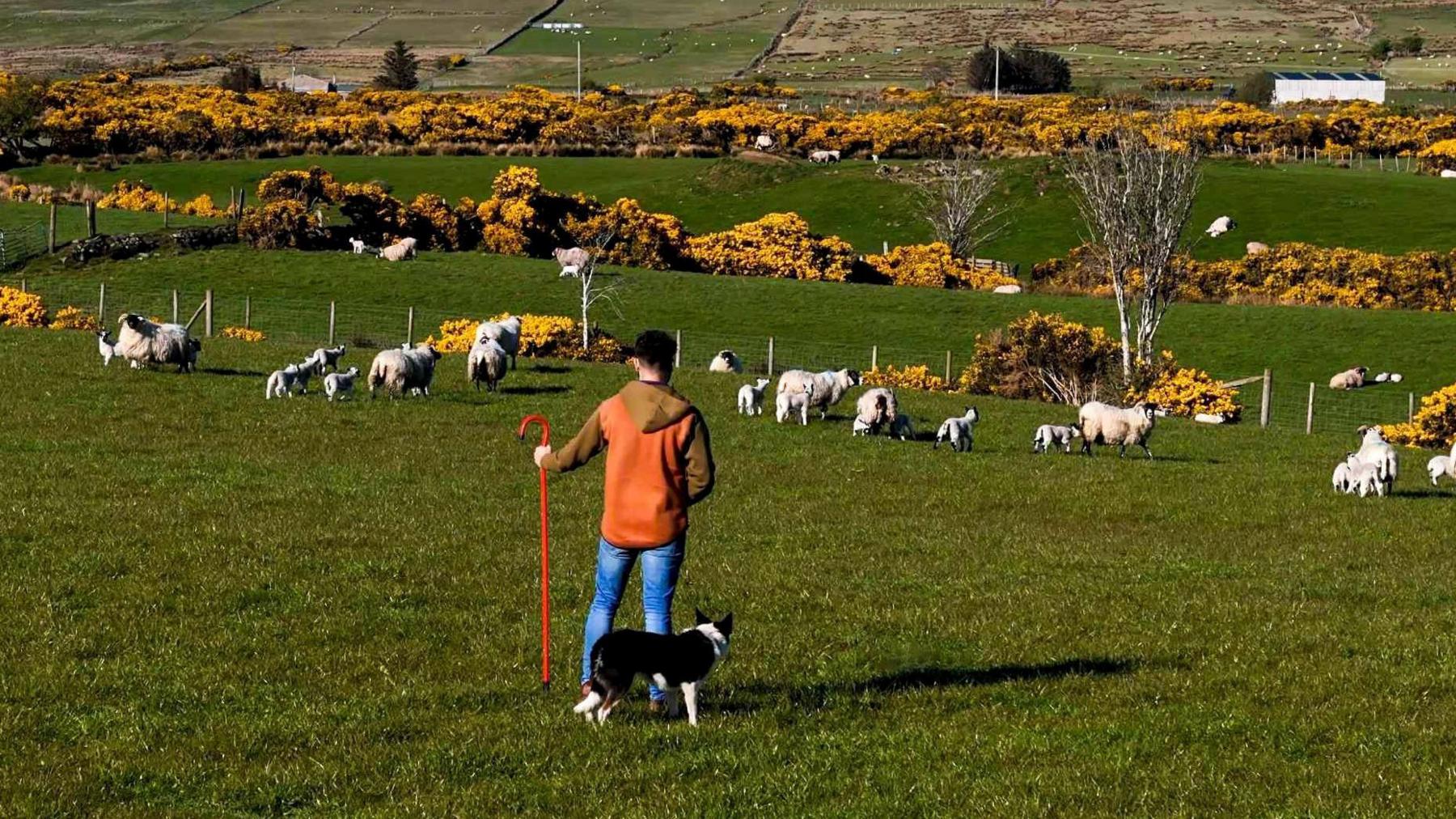
Conor is a sheep breeder from County Antrim
- Published
The tradition of giving a luck penny after sealing a deal is being kept alive by farmers across Northern Ireland.
The practice of giving back a penny, or nowadays a sum of money, is common in the agricultural world when selling livestock as a gesture of good luck.
A County Antrim sheep breeder said he hopes the tradition will continue as "nobody likes to see tradition die out".
But Conor McFetridge said farming is getting expensive and some may forgo tradition as the "margins are that tight".
Conor said he will listen out for who buys his sheep at markets so that he can give them a luck penny afterwards.
"It was taught to me as looking after your customer," he said.
"I would always give a luck penny away with my ewe lambs because I want that customer to come back to me and I want that sheep to do well with people."
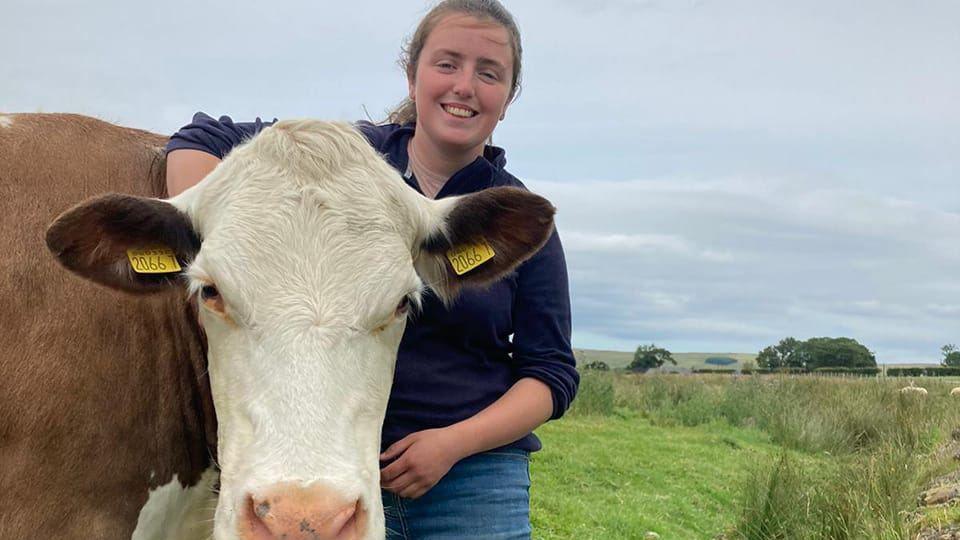
Julie Bonnar is a cattle and sheep farmer in County Antrim
Another sheep and cattle farmer from County Antrim, Julie Bonnar, said the practice has been passed through generations.
"My grandfather would have done it, and my father and uncle do it so we have just kind of been brought up doing it, so I think it will still continue on," she said.
How much is a luck penny?
Shelagh Henry from the Rathfriland Historical Society said: "Back in the old days it was a penny but obviously over time it is just the giving of some money back, it wasn't specifically a penny."
She said the luck penny was a "bit of discount" and to wish the buyer luck with the livestock they bought.
Julie said the amount of money given as a luck penny depends on how much the buyer is spending.
"We could give £10 or £20, it really just depends on how much they are spending on your animals," she explained.
"If there is a man buying 20 lambs off us we could throw £20 off the total price, that's the way we would do it."
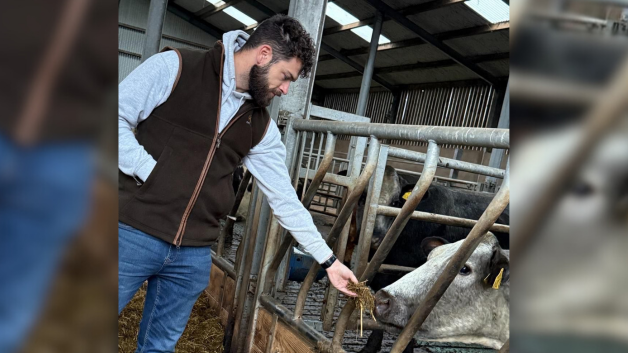
Conor says when he receives a luck penny he will remember the seller
But a luck penny is just not about luck, it can also create good trading relations.
"If a fella was good to me before and gave me a luck penny and the sheep did well, why would I not give him a turn again?," Conor said.
Clement Lynch, a sheep farmer in County Londonderry and Ulster Farmers' Union hill farming chair, said the tradition is more common at breeding sales.
He said this is because farmers will be bringing the livestock home to keep them for a number of years.
"They always see a luck penny as a goodwill gesture," Clement said.
"And probably something sold with goodwill, farmers will look at that and say it's probably lucky to buy."
Shelagh said the luck penny can give sellers a "reputation of being generous" and then are known as someone people can get a "good deal" from.
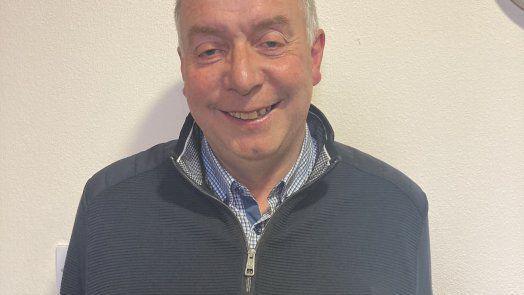
Clement Lynch is a sheep farmer who still gives out a luck penny
At livestock markets there is also a Luckpenny insurance policy through the National Farmers Union Mutual Insurance Society.
Clement said: "Some breeders would actually have signs up on their pens where they would have a thing called Luckpenny insurance and that would be on a ram that made more than £400.
"So how that works is they would have that [the ram] insured through NFU Mutual, and that ram would be insured for three months after it's purchased."
Each animal is insured against death or slaughter on humane grounds due to an accident, illness or disease.
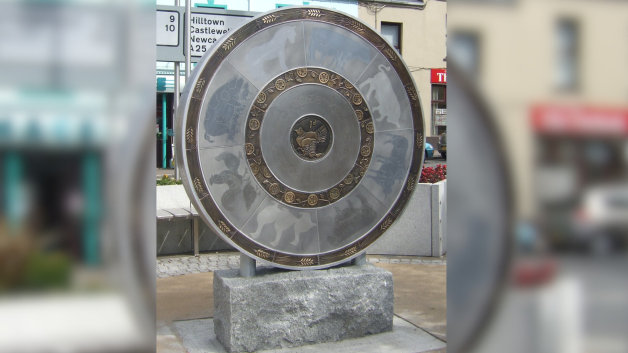
The Luck Penny artwork in Rathfriland was created in 2011
In Rathfriland, there is a piece of artwork that represents the luck penny tradition.
The town has a history of markets which sold fresh produce, farm animals, flax and linen.
In 2011, the Mourne Heritage Trust, Rathfriland Regeneration Company, the Historical Society and the council co-ordinated the art project as part of the Public Art Programme.
Artists Eleanor Wheeler and Alan Cargo created the sculpture which has images of the wide range of produce associated with the markets etched onto its surface, with a large bronze luck penny forming the centrepiece.
The location of the artwork is where the water trough used to be for the animals who were coming to the market, Shelagh said.